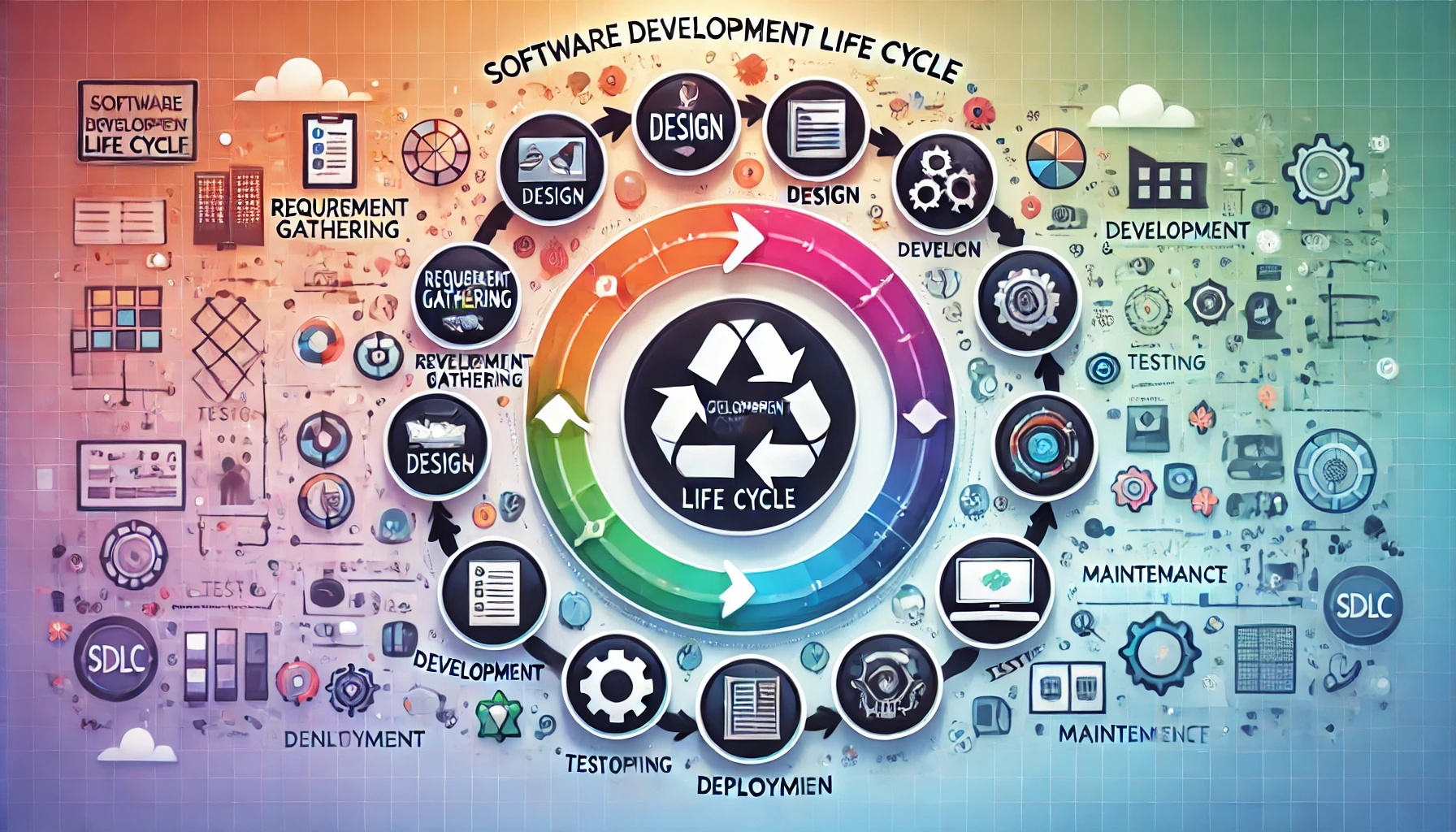The Core of Success: The Importance of UX/UI Design in Software Development

Last Update: 25 Jan 2024
Introduction
In the competitive world of software development, the user experience (UX) and user interface (UI) design play a pivotal role in crafting successful applications. These elements are not just about aesthetics; they are about creating intuitive, efficient, and enjoyable interactions that meet users' needs and expectations. A well-designed UX/UI can significantly enhance user satisfaction, drive engagement, and ultimately contribute to the success of a software product. In this blog, we will delve into the essence of UX/UI design in software development, exploring how it shapes user interactions, boosts functionality, and creates memorable digital experiences. By understanding the critical importance of UX/UI design, developers and businesses can prioritize user-centric approaches to deliver outstanding software solutions that stand out in the market.

The Significance of UX/UI Design
1. First Impressions Matter:
UI Creates the Visual Appeal:
- A well-crafted UI is the face of your software. It's the first impression users have, influencing their perception and expectations. A clean, visually appealing interface sets the stage for a positive experience.
UX Guides the Interaction:
- While UI captures attention, UX guides interaction. A thoughtful UX design ensures that users can navigate the application seamlessly, intuitively finding what they need. It's about making the user's journey enjoyable and efficient.
2. Enhanced User Satisfaction:
Intuitive Design Boosts Engagement:
- An intuitive UI allows users to interact with the software effortlessly. When buttons, menus, and features are where users expect them to be, frustration decreases, and satisfaction soars.
Understanding User Needs with UX:
- UX design goes beyond aesthetics; it's about understanding user needs. By conducting user research, creating personas, and empathizing with users, designers ensure that the software aligns with real-world expectations.
3. Building Trust and Credibility:
Consistency and Reliability:
- A consistent UI design fosters trust. When users know what to expect and can rely on the software to behave predictably, they feel more confident and comfortable using it.
Meeting Expectations through UX:
- UX design anticipates user expectations. By aligning the software's behavior with what users naturally expect, the application becomes more intuitive and user-friendly.
4. Efficiency and Productivity:
Streamlined Processes with UI:
- An efficient UI design streamlines workflows. When users can complete tasks with minimal clicks and without confusion, productivity increases, and frustration diminishes.
Task-Oriented UX Design:
- UX design focuses on tasks. By understanding the user's goals and designing workflows that cater to those goals, the software becomes a tool that enhances, rather than hinders, productivity.

Agile Development: Enhancing Flexibility and Collaboration
In the dynamic landscape of software development, agility is not just a buzzword; it's a necessity. Agile development methodologies bring flexibility and collaboration to the forefront, ensuring that software adapts to changing needs and leverages the collective intelligence of the team.
1. Flexibility Through Iterative Development:
Continuous Improvement:
- Agile methodologies embrace iterative development, allowing for continuous improvement. Features are developed in small increments, enabling rapid adaptations based on user feedback.
Responsive to Change:
- Change is inevitable in the world of software. Agile practices, such as Scrum or Kanban, facilitate a responsive development process. Teams can pivot quickly to address emerging requirements or market shifts.
2. Collaboration at the Core:
Cross-Functional Teams:
- Agile emphasizes cross-functional teams, where designers, developers, and other stakeholders collaborate closely. This interdisciplinary approach ensures that UX/UI considerations are integrated into every stage of development.
Regular Feedback Loops:
- Agile encourages regular feedback loops. Designers can gather feedback from users and team members quickly, allowing for swift adjustments to UI/UX designs as needed.
3. User-Centric Focus:
Continuous User Involvement:
- Agile frameworks promote continuous user involvement. Through features like sprint reviews and demos, users remain engaged throughout the development process, providing valuable insights for refining UX/UI designs.
Adapting Based on User Feedback:
- Agile's iterative nature aligns well with user-centric design principles. Teams can adapt the software based on real-time user feedback, ensuring that the final product meets user expectations.

Conclusion
Modina Sharif Raisa'sblogs
Trendingblogs
Get the best of our content straight to your inbox!
Don’t worry, we don’t spam!















